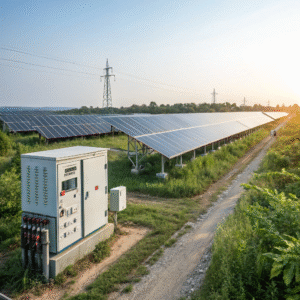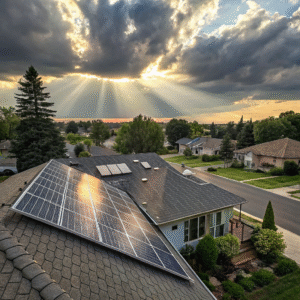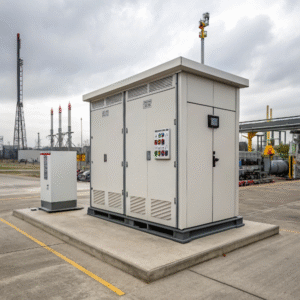How Long Do Off-Grid Inverters Last?
by
How Long Do Off-Grid Inverters Last?
Powering your remote cabin or RV with solar? Your inverter is the heart of the system, but how long can you expect it to keep beating?
Quality off-grid inverters typically last 10-15 years with proper maintenance. Lifespan depends on usage (5-10 years for heavy daily use, 15-20 years for occasional use), environmental conditions, and brand quality. Regular maintenance can extend lifespan by 30-50%.
Transition Paragraph:
Understanding inverter lifespan is just the beginning. Let's explore common issues and best practices to maximize your investment.
What is the Common Problem in a Solar Inverter?
Inverters work hard converting DC to AC power, and certain components wear out faster than others. Knowing what fails helps you prevent problems.
The most frequent solar inverter failures involve capacitors (40% of failures), cooling fans (25%), and circuit boards (20%). Environmental factors like heat, moisture, and power surges accelerate these failures.
Common Solar Inverter Failures
| Component | Failure Rate | Symptoms | Prevention Tips |
|---|---|---|---|
| Capacitors | 40% | Humming noise, power fluctuations | Keep unit cool, use surge protection |
| Cooling Fans | 25% | Overheating, automatic shutdowns | Clean vents quarterly |
| Circuit Boards | 20% | Complete failure, error codes | Install in shaded location |
| Displays | 15% | Blank screen, no readout | Avoid direct sunlight exposure |
Key maintenance practices:
- Clean air vents every 3 months
- Check for error messages monthly
- Monitor performance data
- Ensure proper ventilation
- Schedule professional inspections annually
Is It OK to Leave Inverter On All the Time?
Your inverter hums along day and night, but is constant operation wearing it out prematurely?
Modern off-grid inverters are designed for 24/7 operation, but continuous use reduces lifespan by 20-30%. For longest life, turn off when not needed (saves 3-5% daily power loss from standby mode).
Continuous vs Intermittent Use Comparison
| Usage Pattern | Lifespan Impact | Power Savings | Convenience |
|---|---|---|---|
| 24/7 Operation | 8-12 years | None | Always ready |
| Nighttime Only | 12-15 years | Moderate | Daily switching |
| As Needed | 15-20 years | Maximum | Manual control |
Best practices:
- Use automatic sleep modes when available
- Install timers for predictable usage patterns
- Consider hybrid inverters for smart operation
- Balance convenience with equipment longevity
What Happens If You Connect Too Many Solar Panels to an Inverter?
More panels mean more power, right? Not exactly - exceeding your inverter's capacity creates unique challenges.
Connecting too many panels causes "clipping" where excess power is wasted. While 10-20% overpaneling is acceptable, exceeding 30% risks overheating and voiding warranties. Proper sizing ensures optimal performance.
Overpaneling Guidelines
| Overpaneling % | Effect | Recommendation |
|---|---|---|
| 0-10% | Minimal clipping | Ideal for most systems |
| 10-20% | Moderate clipping | Acceptable for morning/evening boost |
| 20-30% | Significant clipping | Only with specific inverter designs |
| 30%+ | Potential damage | Avoid - risk of overheating |
Technical considerations:
- Never exceed voltage limits
- Current capacity cannot be surpassed
- Temperature affects performance
- Warranty requirements vary by manufacturer
- DC/AC ratio typically 1.1-1.3:1
Conclusion
Quality off-grid inverters last 10-15 years with proper care. Understanding common failures, usage patterns, and sizing requirements helps maximize your solar investment and system reliability.



